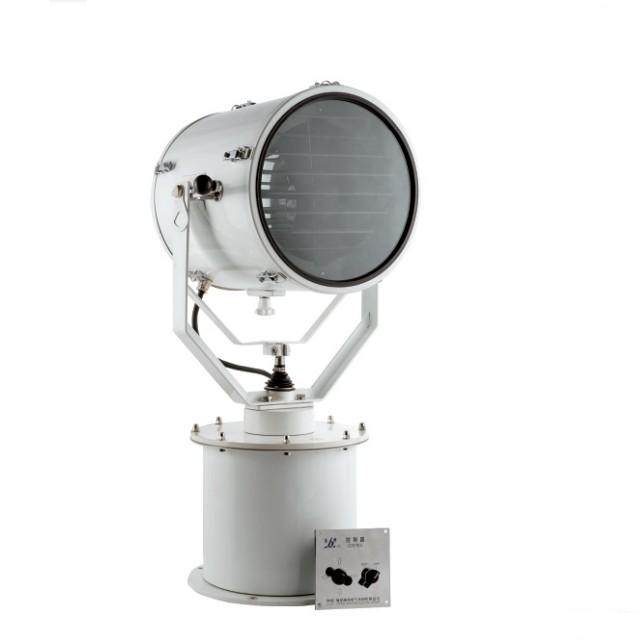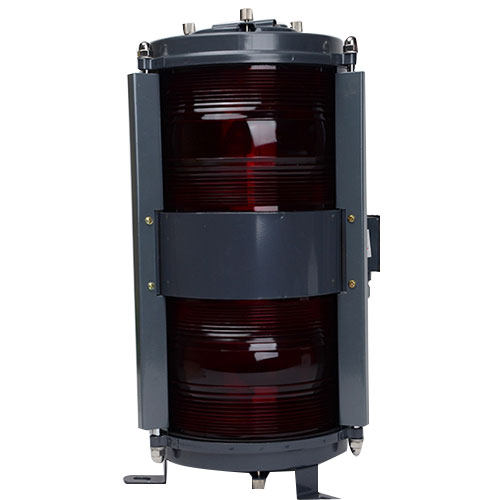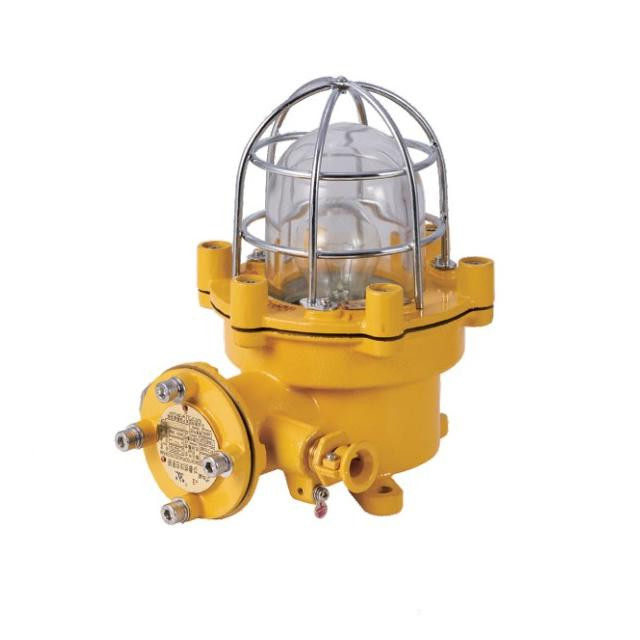The Vital Role of Marine Lighting in Illuminating the Oceans
Marine lighting is far more than just a means to see in the dark waters. It is a pivotal component in the enigmatic realm beneath the ocean's surface. Its importance spans a wide spectrum, encompassing navigational safety, scientific exploration, environmental protection, artistic expression, and the adoption of cutting-edge technologies. In this article, we delve into the captivating world of marine lighting, shedding light on its various roles, the common types it encompasses, the technological breakthroughs that are shaping its future, and its profound impact on our understanding and preservation of the world's aquatic ecosystems.

The Crucial Role of Marine Lighting
Marine lighting plays a pivotal role in our interactions with the underwater world, serving as a guiding light for vessels and unlocking the mysteries of the deep.
Navigational Safety and Guidance
Safety on the high seas is heavily reliant on marine lighting. Lighthouses stand as iconic symbols of maritime safety, guiding ships away from treacherous shores and perilous rocks. Navigation lights on vessels, as well as strategically placed buoy lights, provide essential guidance, helping seafarers navigate safely through challenging waters.
Scientific Exploration and Discovery
Beneath the waves, marine lighting reveals a world teeming with uncharted beauty and mystery. Advanced lighting systems on submersibles, remotely operated vehicles (ROVs), and autonomous underwater vehicles (AUVs) illuminate the hidden depths, enabling researchers to capture stunning images and films of marine life, geological formations, and underwater ecosystems. These lights transform these vessels into windows into the unknown, allowing us to gain insight into a realm that has long eluded us.
Environmental Conservation and Study
Marine lighting is a crucial tool for studying and preserving intricate marine ecosystems threatened by human activities. Bioluminescent organisms, unique to the depths, emit their own light, and adequate illumination is necessary to observe and document their behavior. Controlled lighting is used by marine researchers to monitor and study marine life, deepening our understanding of biodiversity, migration patterns, and the interactions that sustain delicate ecosystems. Additionally, responsible marine lighting practices mitigate light pollution, preserving the natural behaviors of marine species and supporting conservation efforts.
Artistic Exploration and Communication
Marine lighting is not only a utilitarian tool but also a conduit for artistic expression. Underwater photographers and filmmakers employ specialized lighting equipment to capture the ethereal beauty of marine landscapes, creating visually captivating narratives that bridge the gap between the aquatic world and land-bound audiences. These artistic initiatives not only inspire awe but also foster a deeper connection between humans and the aquatic realm.
Technological Advancements and Future Prospects
The advent of LED technology, energy efficiency, and remote sensing innovations is ushering in a new era for marine lighting. These technological advancements are revolutionizing how we interact with marine environments, from reducing light pollution to harnessing renewable energy sources for illumination. As technology continues to evolve, the future of marine lighting holds the promise of more sustainable, adaptable, and environmentally friendly solutions.
The Diverse Types of Marine Lighting
Marine lighting encompasses a wide array of categories, each tailored to specific marine functions and applications.
Navigation Lights
navigation lights are critical for maritime safety, ensuring vessel visibility and prevent collisions in low-light or hazardous conditions. These lights come in various colors, each conveying information about a vessel's type and direction of travel, aiding in safe passage.

Lighthouses
Lighthouses have long served as beacons of safety, guiding mariners away from dangerous waters. Equipped with powerful lighting systems and distinctive patterns, they are recognizable from a distance and have become symbols of maritime history.
Buoy Lights
Buoy lights play a vital role in indicating safe navigation through waterways and channels. Their color and design convey navigational messages, directing mariners safely through treacherous waters.
Underwater Lights
Underwater lights serve multiple purposes, including illuminating underwater structures and enhancing visibility in marine environments. They are essential for observing marine life and studying delicate ecosystems while minimizing disturbances.
Research Lighting Systems
Specialized illumination systems on marine research vessels, such as ROVs and AUVs, enable scientists to capture high-definition visuals for scientific study and documentation, shedding light on the ocean's mysteries.
Fishing and Commercial Lighting
Marine lighting is essential for the fishing and commercial industries. It helps fishing boats attract fish and ensures efficient nighttime operations for commercial vessels.
Deck and Interior Lighting
Deck and interior lighting, often underestimated, are critical for safety and functionality on vessels, making nighttime operations safer and providing a comfortable living and working environment for crew members.
Environmental and Wildlife Preservation Lighting
Emerging technologies are reducing the impact of light pollution on marine life while maintaining navigational and safety requirements.

Innovative Technological Advances in Marine Lighting
Marine lighting technology is evolving, transforming the way we illuminate the oceans and advancing navigational safety, scientific exploration, and environmental protection.
Energy-Efficient LED Lighting
The adoption of light-emitting diodes (LEDs) is a major breakthrough in marine lighting technology. LEDs offer exceptional energy efficiency, consuming significantly less electricity while providing intense and focused illumination. They contribute to sustainable maritime practices by reducing energy consumption and operational costs.
Adaptive Lighting Controls
Adaptive lighting systems adjust their intensity and color based on environmental conditions and user needs, reducing light pollution and preserving marine habitats while ensuring safety.
Remote Sensing and Monitoring
Advancements in remote sensing technology allow marine lighting systems to respond to real-time data on light levels, weather patterns, and marine activities. This optimizes visibility for navigation while minimizing impacts on marine ecosystems.
Renewable Energy Integration
Marine lighting systems are increasingly incorporating renewable energy sources, such as solar panels and wind turbines, to reduce reliance on fossil fuels and lower their carbon footprint.
Smart Lighting Networks
Emerging smart lighting networks enable individual lighting units to communicate and synchronize their actions, improving coordination and performance across large maritime areas.
Reducing Impact on Marine Ecosystems
Innovations in marine lighting are focusing on minimizing ecological impacts on marine life, with warm-colored LEDs and shielded designs reducing light pollution and preserving natural habits.
Integrating Artificial Intelligence (AI)
The integration of artificial intelligence (AI) is revolutionizing marine lighting systems. AI algorithms assess sensor data to predict lighting requirements based on environmental conditions, enhancing safety and reducing energy consumption.
In Summary
Marine lighting is a multifaceted field that extends far beyond simple illumination, influencing navigation, science, art, and conservation. As technology continues to advance, marine lighting will continue to play a pivotal role in illuminating the oceans while safeguarding the delicate balance of aquatic life.
- Art
- Causes
- Crafts
- Dance
- Drinks
- Film
- Fitness
- Food
- Games
- Gardening
- Health
- Home
- Literature
- Music
- Networking
- Other
- Party
- Religion
- Shopping
- Sports
- Theater
- Wellness
- IT, Cloud, Software and Technology


